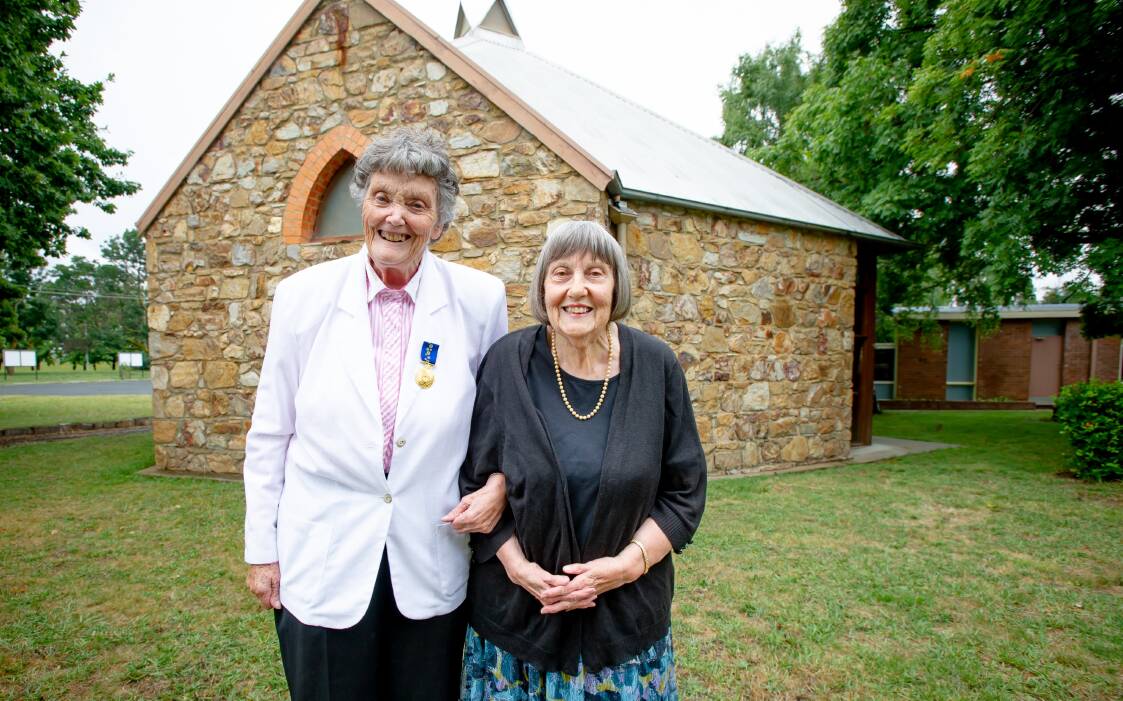
Canberra may turn 110-years-old next month, but St Ninian's in Lyneham puts that milestone in the shade, the solid, spare, much-loved church celebrating its 150th birthday this weekend.
The church, made from stones quarried from Black Mountain, was consecrated on February 13, 1873, making Monday the official anniversary.
But the big celebration is Sunday as the community gathers to give thanks for the building that has seen generations of parishioners pass through its narrow wooden doors.
The church has survived a few knocks over the last century-and-a-half, not least the selection of Canberra as the national capital which saw surrounding land reclaimed by the government.
Farmers decided to leave the district rather than lease land they had previously owned. The declining congregation saw the church fall into disrepair and used as a barn for 20 years before being resurrected in 1942. It also withstood a flood in Lyneham in 2018.
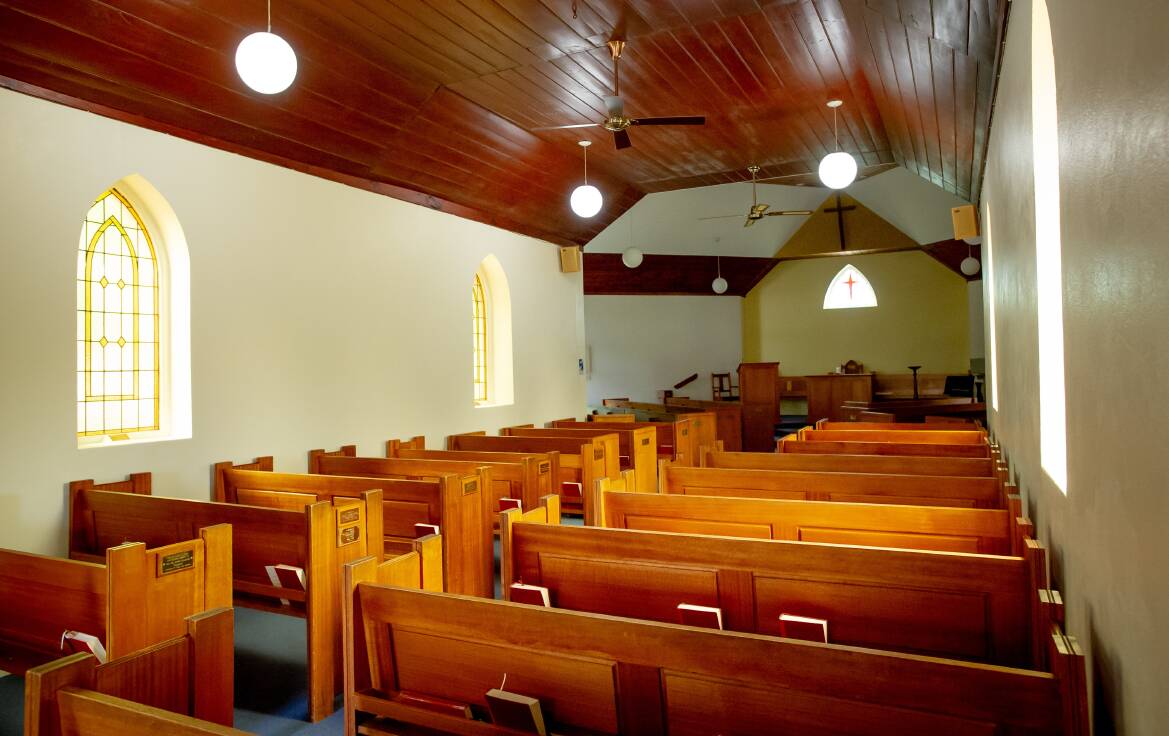
Julie Gillespie, of Hackett, is proud that her grandfather, James Gillespie, was a trustee of the church and that her family has continued a strong association with it.
"I've been coming here since I was 19 and I'm 82 now," she said.
"It's a very special place to me, much-loved."
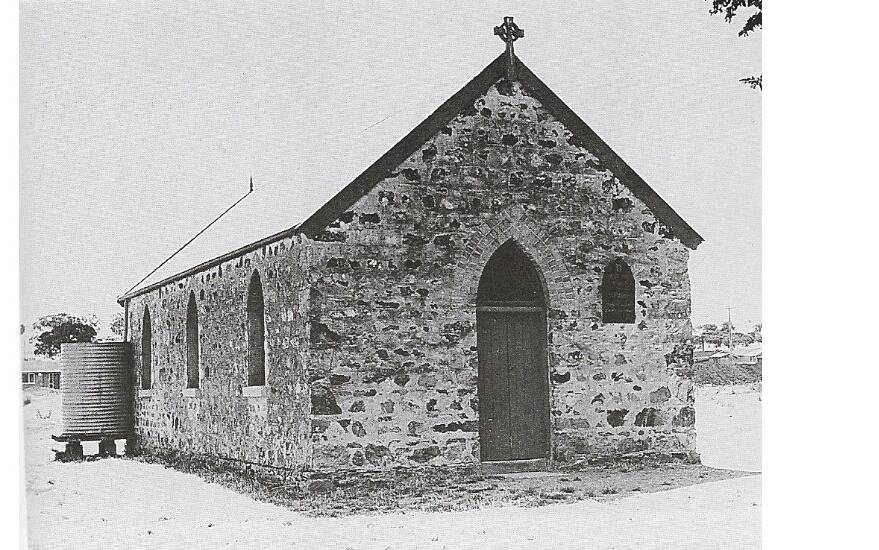
Ms Gillespie, who lives in Hackett, was thrilled the church was still going strong at 150.
"I think it's wonderful, I feel very proud of it," she said.
"I remember when it was just a church in a paddock."
The first wooden slab building for the then North Canberra Presbyterian Church was built in 1866 on what was then the old Yass Road.
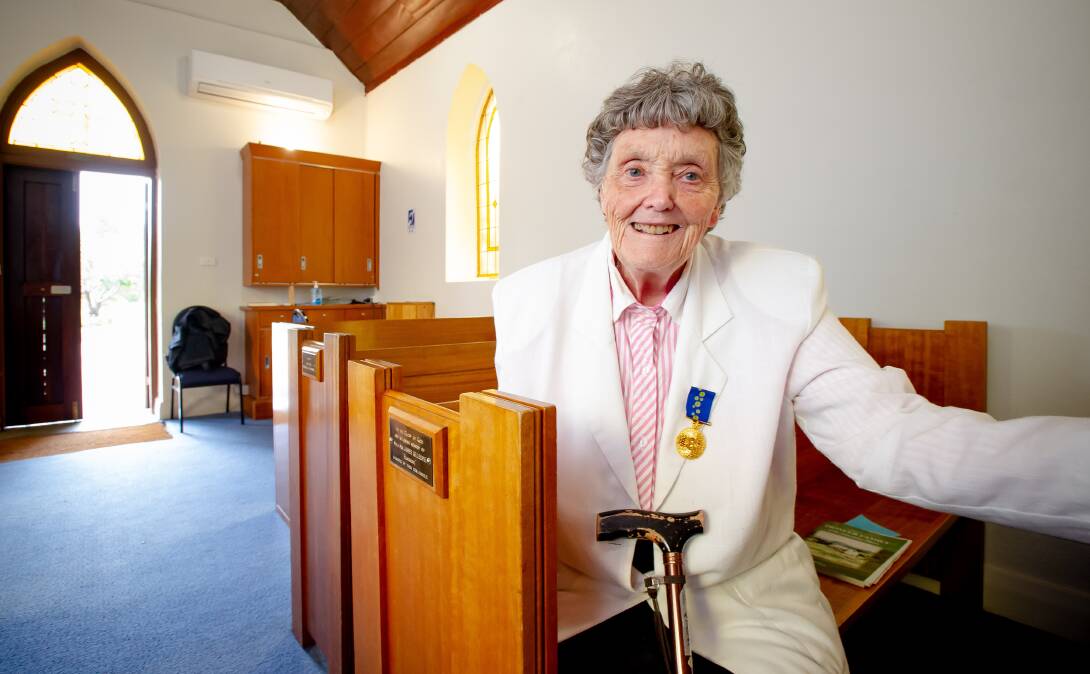
Scottish pioneer settlers built the new stone church in 1873. It was just "two windows long" but extended to "three windows long" in about 1900. It remained that way until 1979 when it was extended further, using the same stone from the Black Mountain quarry.
In 1911, the Federal government began to resume the land within the new territory boundary from its freehold owners and that continued between 1913 and 1917, resulting in an exodus of former landowners, who were also part of the congregation.
From 1920 to 1942, the building fell into disuse as a church and was used as a barn on a rural property.
In the 1940s, the Reverend Hector Harrison, minister of St Andrew's, noticed the derelict church and formed a band of volunteers to resurrect it.
On February 15, 1942, the church was rededicated and named St Ninian's Presbyterian Church. It became a sanctioned church in 1959 and, reflecting the growth of Canberra, saw a Sunday school and hall added in 1961.
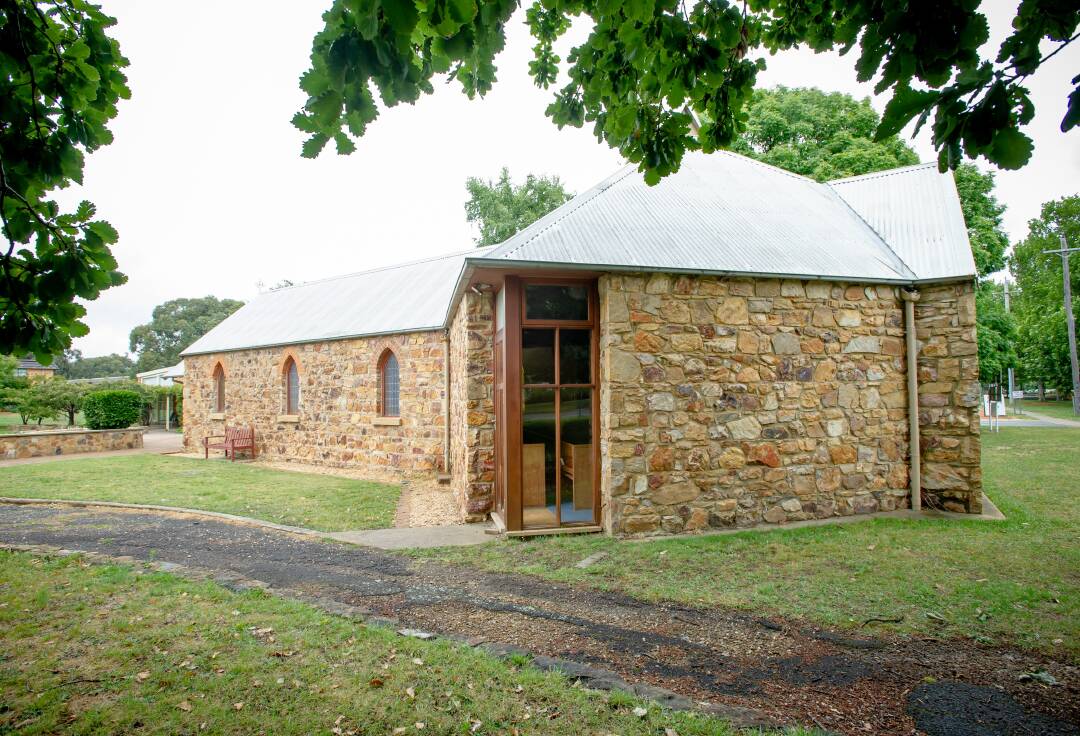
Melda Crawford's great-grandfather, Robert Kilby, was an original member of St Ninian's, and remained an elder until his death in 1915. He was a trustee of both burial ground and church property.
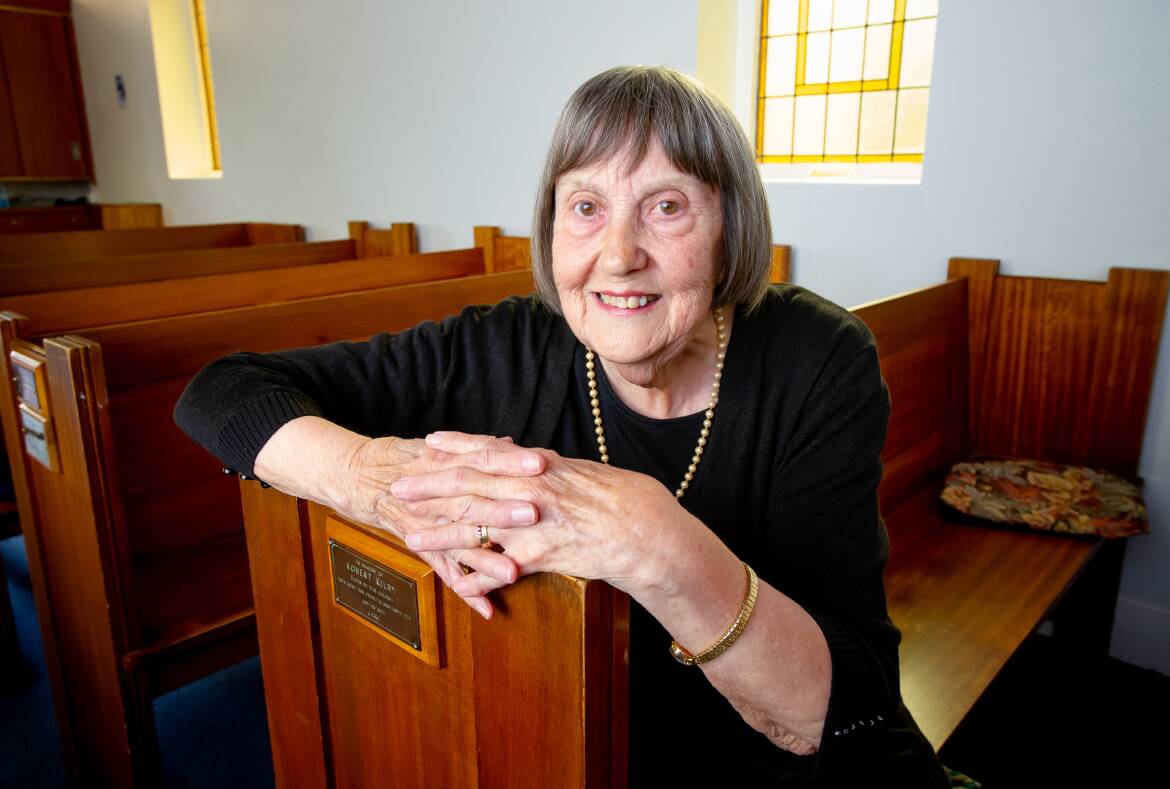
According to a Kilby family history, one of Robert's "chief services to the church was to lead the singing in the days before an organ was installed. Robert had a tuning fork and would sit in the percenter's box until the psalm was announced, when he would give the note and start singing".
Mrs Crawford, 83, of Kaleen, whose cousin is former ABC Radio presenter David Kilby, said the church was still very much a living community.
"We're very active and lots of things go on here," she said.
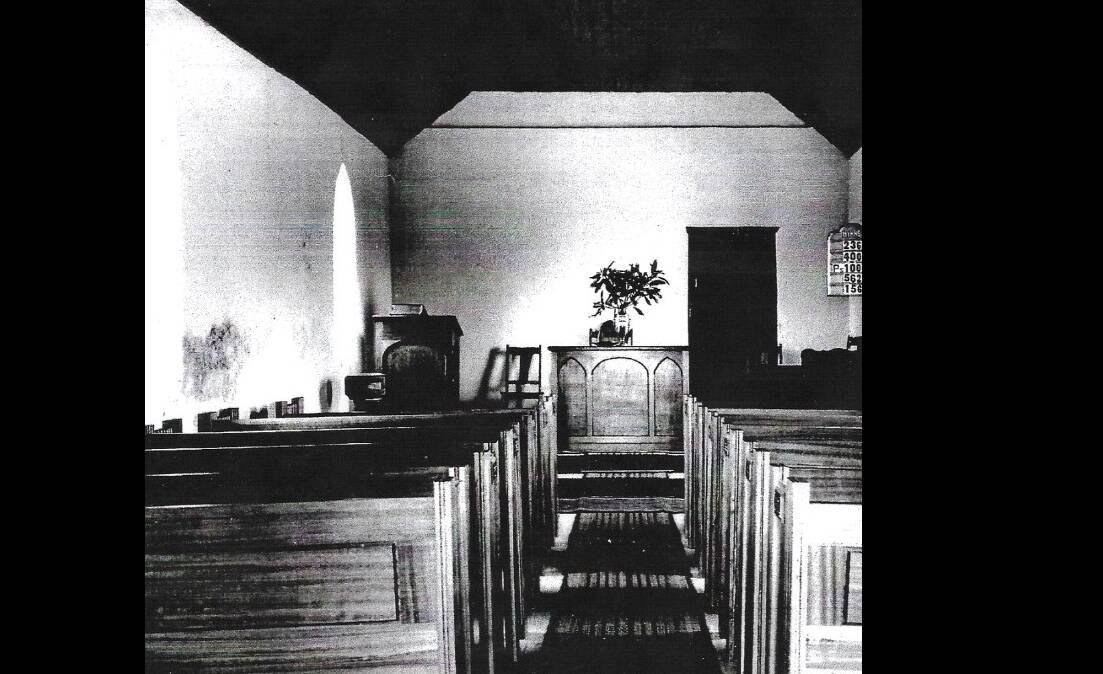
Sunday's celebrations will be made more colourful by a wonderful tapestry that runs the length of the stage in the church hall, completed by parishioner Jan Wansink over six months.
Among the guests at the celebration will be Governor-General David Hurley.







